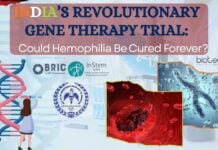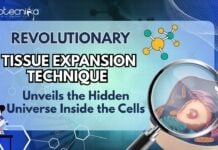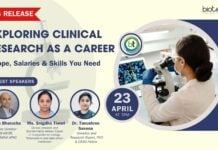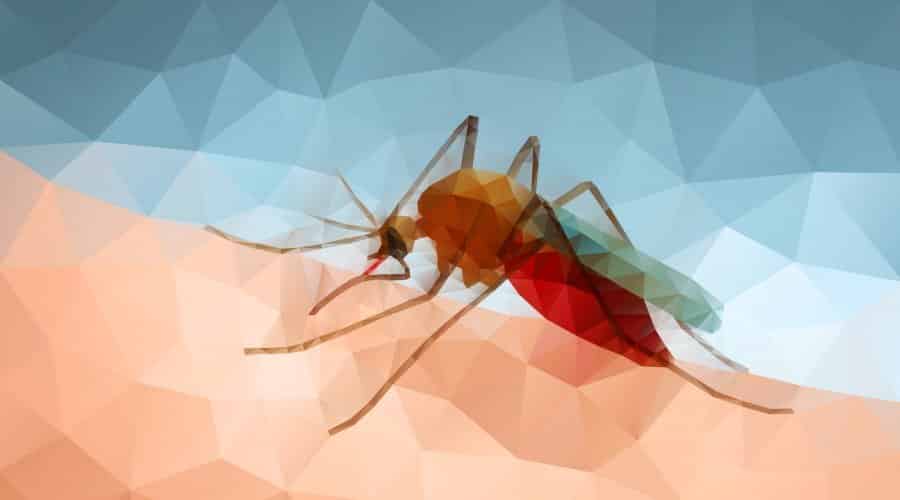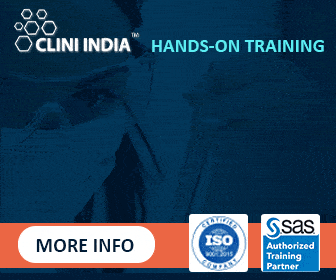New Hope For Combating Malaria – Artemisinin Produced Using Moss
With 212 million reported cases and an estimated 429,000 deaths in the year 2015, Malaria is a real and constant danger to nearly half of the world’s population of 7.4 billion people.
The WHO recommends artemisinin-based combinatorial therapies, and the artemisinin for this purpose is mainly isolated from the plant Artemisia annua for the treatment of malaria.
Before 2001, health care officials around the world administered the drug as a single compound, but this allowed malaria parasites to become drug-resistant. Scientists and medical professionals found, however, that artemisinin can work in combination with two other treatments, mefloquine and chlorproguanil, to attack different aspects of the parasite and ultimately disable it.
According to the WHO, the number of courses of artemisinin-based combination therapies procured from manufacturers increased globally from 187 million in 2010 to 311 million in 2015. The first-choice malaria treatment, however, has an unstable supply, leading to fluctuation in prices.
Now, a team of scientists have reported the development of a sustainable and scalable platform for the production of artemisinin.
The researchers introduced five genes responsible for biosynthesizing the precursor of artemisinin, dihydroartemisinic acid, into the moss Physcomitrella patens using multiple DNA fragments
Because moss, as a non-vascular plant, has such a simple structure it offers an ideal setting for genetically engineering drugs.
The final conversion of dihydroartemisinic acid into artemisinin occurs by photooxidation in the moss cell. After only three days of cultivation, the researchers had a substantial initial product: 0.21 mg/g dry weight of artemisinin. By day 12, they had the highest accumulation of the drug.
Producing artemisinin from moss in simple liquid bioreactors means that industrial-scale production is easily possible in a cost-effective manner. The next steps would be to further optimize the process, particularly reducing any unnecessary products and ensuring the metabolic process is as efficient as possible. Also, while it may seem extraordinary to develop a drug in three to 12 days, by comparison microorganisms can be cultivated in a matter of hours.
“This moss produces like a factory,” said Henrik Toft Simonsen, one of the paper’s authors. “It produces artemisinin efficiently without the precursor engineering or subsequent chemical synthesis that yeast and tobacco require. This is what we hope for in science: a simple, elegant solution.”
“It will be a great day if scientists can eradicate malaria worldwide,” said Simonsen. “This is a disease that affects 200 to 300 million people every year. It’s especially deadly for kids.”


